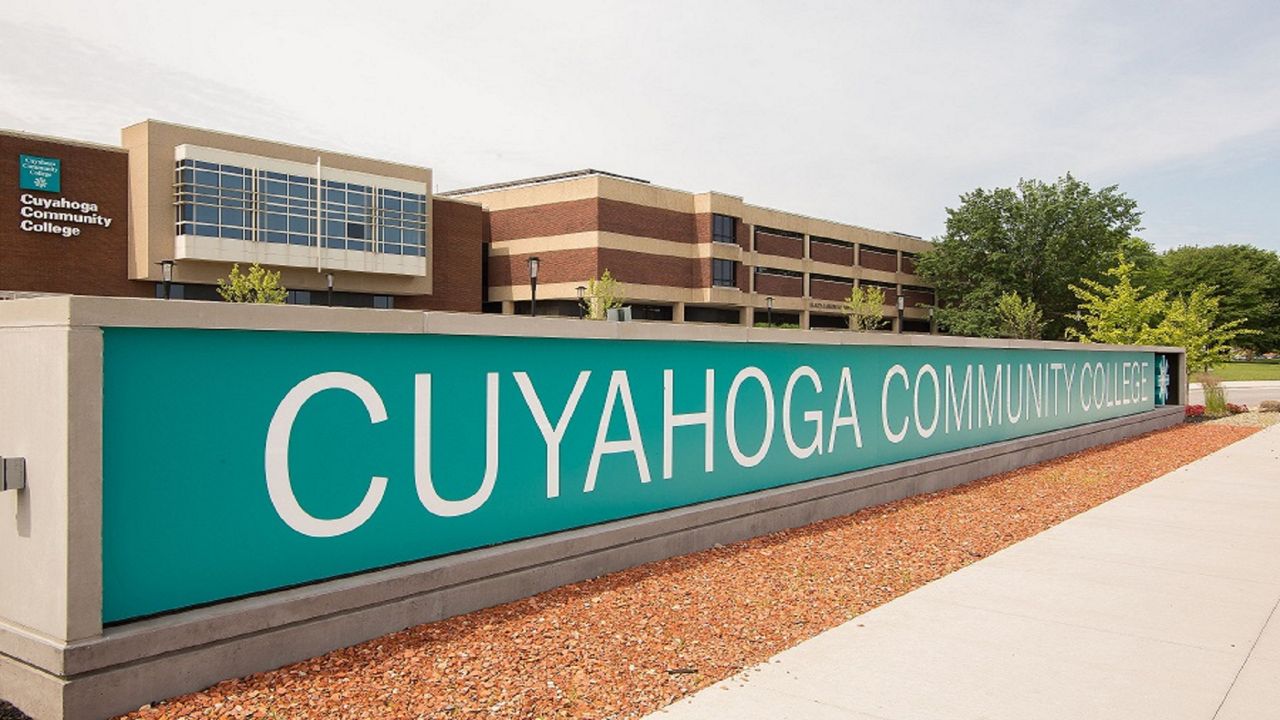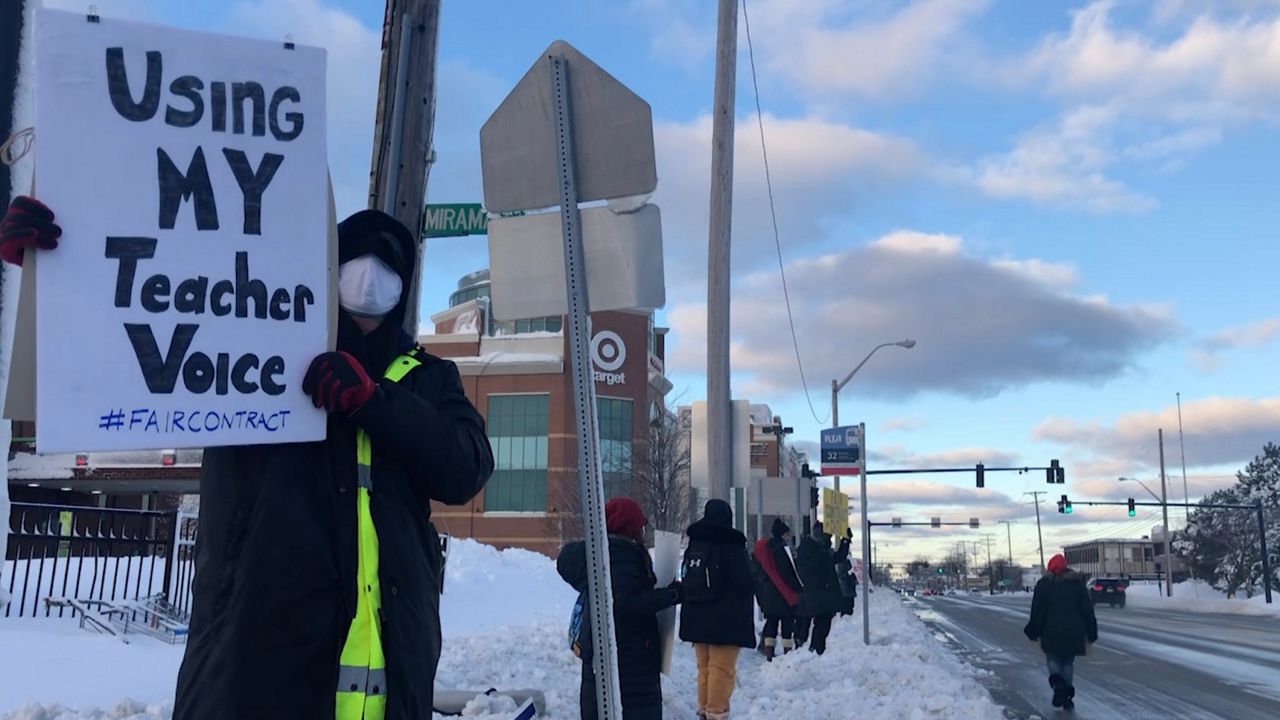CLEVELAND — Universities across Northeast Ohio are laying out unique plans to bring students back to campus for spring semester while working to keep COVID-19 infection rates low.
What You Need To Know
- Universities across Northeast Ohio are laying out unique plans to bring people back to campus for spring semester while working to keep COVID-19 infection rates low
- Tri-C in Cuyahoga County, Kent State University in Portage County and the University of Akron in Summit County have varying approaches that include new dates for Spring break and some all-remote learning
- Kent State will collect wastewater samples near dorms to look for viral loads as an indication of the prevalence of the virus, while Tri-C has installed an air filtration system
Like most states across the nation, Ohio has seen a heavy rise in coronavirus cases, underscored by a surge in testing the state says it’s scrambling to keep up with.
Although health officials urged families and friends to avoid gathering during the holidays, many traveled and gathered at Thanksgiving.
In the opening week of December, Ohio counted more than 400,000 confirmed cases of COVID-19 and more than 6,000 confirmed deaths from the virus. Hospitalizations hit an all-time high with more than 5,000 Ohioans hospitalized, compared to about 1,700 COVID-19-positive patients on Nov. 1, according to the Ohio Department of Health.
COVID-19 cases also rose after Halloween, sparking action at higher education institutions.
Tri-C in Cuyahoga County had planned earlier in the year to make all classes remote after Thanksgiving, the college made the transition prior to the holiday instead of after.
The University of Akron in Summit County and Kent State University in Portage County announced they would follow Gov. Mike DeWine’s recommendations and suspend in-person classes around the Thanksgiving break.
Looking ahead to spring, the colleges are taking varying approaches to keeping infections as low as possible, while requiring the basic guidelines: Face coverings, physical distancing and hand washing.
With about 22,000 students at four campuses, Tri-C, Cuyahoga Community College, is unique in that all students are commuters.
As such, cases of COVID-19 have remained low on campus. To maintain low levels of infections, the college sends daily messages to students, faculty and employees reminding them of safety guidelines and providing information on reported infections.
Tri-C also offers COVID-19 testing, free of charge for students and members of the surrounding community, on set days of the week.
One big change for spring semester is the elimination of spring break, causing the semester to end a week early, on May 9, said Angela Johnson, Tri-C’s vice president of enrollment.
“Individuals would have breaks, they would gather, they would take trips, they would do things like that,” Johnson said. “That could certainly bring things back to campus.”
The start date for spring classes did not change, however, and both Tri-C’s 14-week and 16-week sessions will begin following Martin Luther King Kr. Day, on Jan. 19, she said.
A unique approach to thwarting the virus is the college’s new air filtration system. The composite and carbon fiber filtration system uses positive and negative ions to clean the air, and has been installed in several highly trafficked buildings on campus, she said.
With classes starting Jan.19, Kent State University will begin the semester remotely for the first two weeks, except for classes with special equipment or interactions that require in-person meetings.
A blend of online and in-person classes will follow the first two-week period, according to KSU’s coronavirus update website.
Spring break has been pushed to April 12-18 to allow two weeks of remote classes through the end of the semester, with finals scheduled May 6-12.
Rewritten to make more concise COVID-19 testing, free of charge, will be increased throughout the semester. The testing begins with students who live in dorms. They will be required to take a COVID-19 test when they arrive followed by mandatory twice-weekly testing at any of several locations on- and off- campus. Faculty and employees will also undergo random testing.
Professor and Interim Associate Provost for Academic Affairs Manfred van Dulmen also heads up the university’s Pandemic Leadership Committee. He said the Kent State has been in contact with other universities throughout the pandemic.
“One of the things that's worked well is doing the entry testing at the beginning of the semester, to really keep down the spread. That's been sort of a key component of that, as well as increase regular testing throughout the semester,” he said during a weekly pandemic response media call.
When asked about enforcement of mandatory testing, van Dulman said students will be given several reminders to take the test before facing the office of student conduct.
“One of the things we've learned from other universities is there are many reasons why students don't make a test. And it's important to understand that and then do follow up, and if need be, go through conduct, but … everybody has complex lives. And we understand that as well,” he said.
The university will also collect and monitor wastewater from sites near five residence halls to look at viral load in the samples collected to determine whether more testing is needed in those areas, van Dulman said.
Situated near the heart of the city, University of Akron (UA) has about 18,000 students with roughly 1,800 living in dorms. For now, UA is keeping with a plan it laid out earlier in the year, said university spokeswoman Cristine Boyd, with spring semester beginning and ending remotely, Boyd said.
Classes start on Jan. 11 with the first week all- remote to allow those who travel from outside the area to quarantine for the first week back to school. Until Spring Break, pushed to April 12-18, classes will be a blend of in-person and remote. Spring Break will be later than normal to allow two weeks of remote learning following the break and through the end of the semester.
For now, COVID-19 testing will not be mandatory, she said.
“We’re continually on the phone with different higher education committees, talking with the governor and his people, so I don’t think any of us know if that will change,” she said.
UA will offer free on-campus testing and will require faculty, staff, students and visitors to conduct daily health checks.
The university has a regularly updated online COVID-19 guide. In addition to keeping the university population informed, the site enables people to report symptoms or exposure to the virus.







